9. Blood Bath (1966)
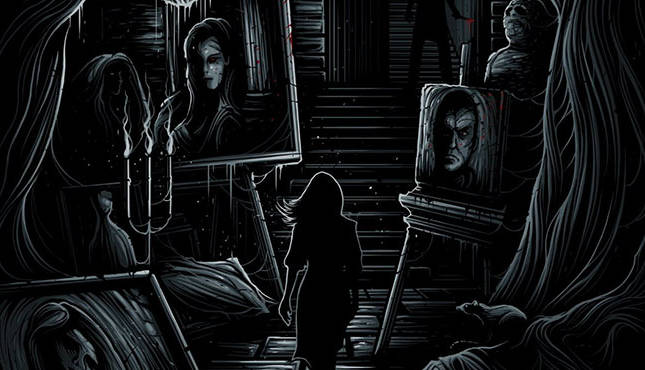
“A new HIGH in BLOOD-CHILLING HORROR!” [7]. William Campbell plays a crazed artist who believes that he is the incarnation of a vampire relative, killing young women and boiling their bodies in a vat of wax. He then paints their portraits in the way that they had died. For a low budget drive in movie, this is a decent and weird vampire movie. Campbell is very good as a crazed artist and there is one excellent dream sequence that is shot out in the desert.
The story of how this film came to be may actually be more interesting than the picture itself. Corman purchased the rights to a Yugoslavian crime thriller called Operation Titian before it began production and insisted that it be in English and feature American actors, which ended up being William Campbell and Patrick Magee.
After not being satisfied with the results, it was re-cut and re-scored and given the new title Portrait of Terror. Then Corman had Jack Hill use footage from the original and shoot additional scenes to create a horror film. When Hill left to work on Spider Baby, Stephanie Rothman took over and did additional re-shoots and turned it into a vampire story called Blood Bath.
Then Corman sold the TV rights to Blood Bath but added additional footage in order to fit the required television running time and renamed it Track of the Vampire. . It should have been obvious to viewers then and now that there were different films’ footage used, as the cinematography for the new footage is nowhere near the level of the original picture. But many people did not know the true story behind this motion picture until many years later.
10. A Quiet Place in the Country (1968)
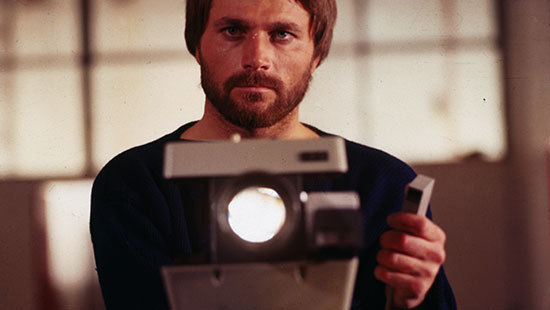
“Nymphomania, necrophilia, fetishism, sadomasochism” [8]. A renowned painter (Franco Nero) is having trouble completing any paintings and is going mad in the city from a combination of painter’s block and a recurring dream where his girlfriend (Vanessa Redgrave) tortures and tries to kill him.
She convinces him to rent a country villa to try and work there, which leads him to become obsessed with a local story of a woman who was killed during World War I. He starts to see her ghost and tries to solve the mystery behind her death.
Part ghost story and part insane artist story, the question is whether the ghost is real or if this was all part of the artist going further into some manic state of insanity. Nero is excellent in the crazed artist role, looking thinner and hardly resembling his well known spaghetti western character Django.
The whole film has a very avant-garde and surrealistic style, with creative editing that adds onto building up the question of this character being severely mentally disturbed. It’s has one of the most eclectic scores done by well known Italian composer Ennio Morricone, who is probably best known for working on all of Sergio Leone’s spaghetti westerns.
The paintings were done by Cincinnati, Ohio artist Jim Dine, who has a large Pinocchio statue outside of the Cincinnati Art Museum that was originally for a special exhibit he had there several years ago. It is an interesting movie that at the moment is only available on DVD.
11. Painter’s Painting (1972)

In what has to be considered one of the most important art documentaries made, this details the American art movement that took place in New York from 1940 through 1970. It covers the various major art movements during those periods which included abstract expressionism and pop art.
It mostly features interviews with the artists in their studios discussing the history, what they were most concerned about in developing a specific style, their artistic process, and how they worked and the types of materials that they used.
The artists that appear include Willem de Kooning, Jasper Johns, Andy Warhol, Robert Rauschenberg, Helen Frankenthaler, Frank Stella, Barnett Newman, Hans Hoffman, Jules Otiski, Philipp Pavia, Larry Poons, Robert Motherwell, Kenneth Noland, and still photographs of Jackson Pollock. A companion book was also released in 1984 with the same title. Truly a must see for any artist, art historian, or art lover.
12. Savage Messiah (1972)
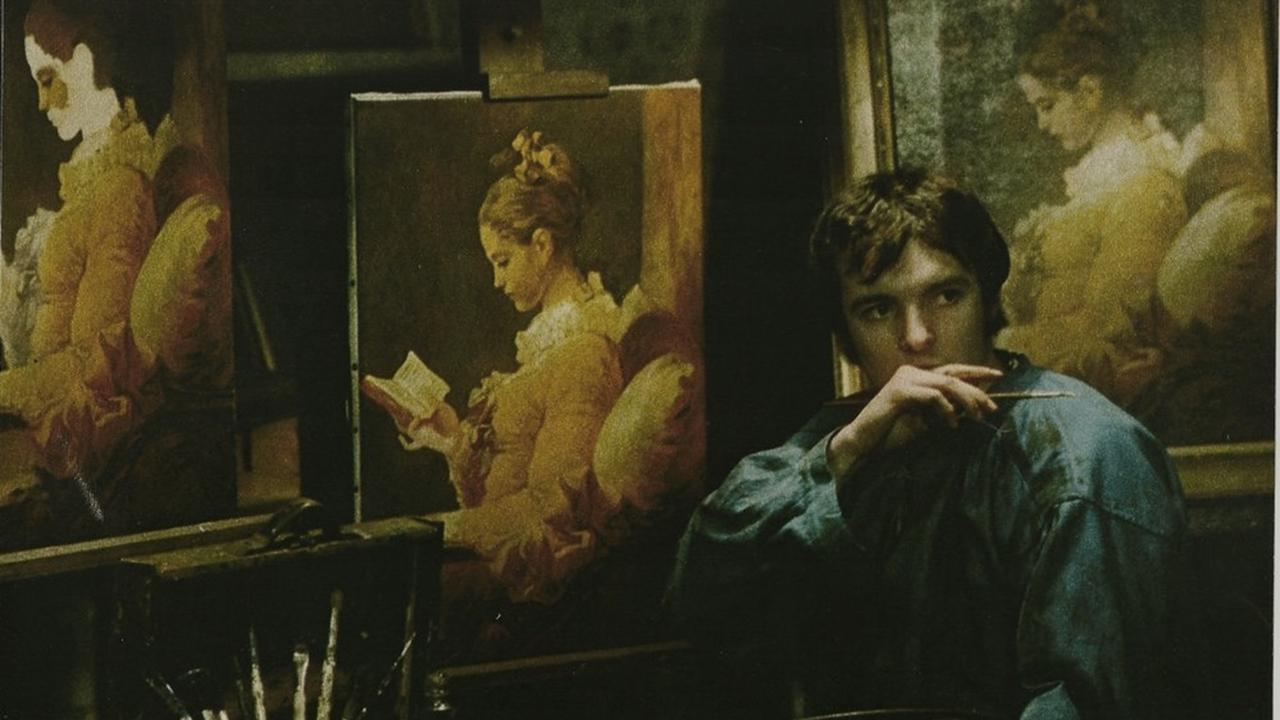
Possibly the least offensive and most accessible work from controversial director Ken Russell, this is a biopic of the life of French sculptor Henri Gaudier-Brzeska.
It is based on a book with the same title by H.S. Ede and primarily focuses on his relationship with Polish writer Sophie Brzeska. Their relationship was an unusual one as she was nearly twice his age and they either never had sex or it only happened once or twice, with Gaudier often going to prostitutes.
He also took her last name, even though they were never married. He was a wild, boisterous, and highly obsessive artist. He is another artist that was considered a renegade or radical in his short life and had obvious mental health issues.
The film has a nice set design, orchestral score, and some fine performances from the lead actors. Scot Antony is good as Gaudier but he is outshined by the truly superb performance by Dorothy Tutin as Brzeska.
Tutin was best known as a British theater performer and it was out of type for her to appear in the controversial director’s movie. There are some excellent scenes of Gaudier drawing, and sculpting with clay and marble.
Don’t forget to watch out for Helen Mirren providing the viewers with some full frontal nudity. This is an excellent picture for art fans and should make you appreciate Gaudier’s relevance in art history.
13. Edvard Munch (1974)
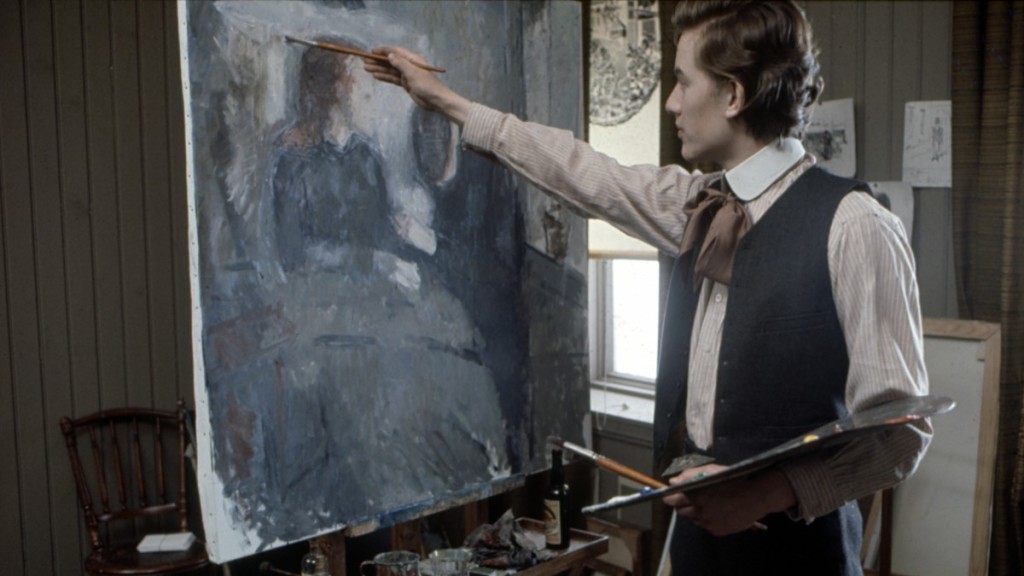
This Norwegian and Swedish co-production is a biographical piece about the life of expressionist artist Edvard Munch, probably best known for his series of painting titled “The Scream.”
It was originally released as a three part television miniseries with a total running time of 210 minutes and then was subsequently released in the United States as a three hour movie. It roughly covers about 30 years of his life and is told in an unusual style, using a narrator at times and also having the actors speak directly into the camera as if they are being interviewed.
The film is jarring, focusing on the pain and death that surrounded and haunted most of Munch’s life. Throughout the picture, there are recurring flashbacks of his dying mother spitting up blood from tuberculosis. It really tries to show the anxiety and constant fear of death that consumed his life and showed up in his work and how it led to his alcoholism, brawling, mental breakdown, and eventual institutionalization.
It shows photos of his actual work throughout the film, including drawings, paintings, and woodcuts. As with many artists who are misunderstood at the time, it recreates moments of hostility by critics who attacked it as being trash and the work of a madman. It can be a difficult picture to watch simply because of the length, with the version I have running the full 210 minutes.
14. The House of the Laughing Windows (1976)
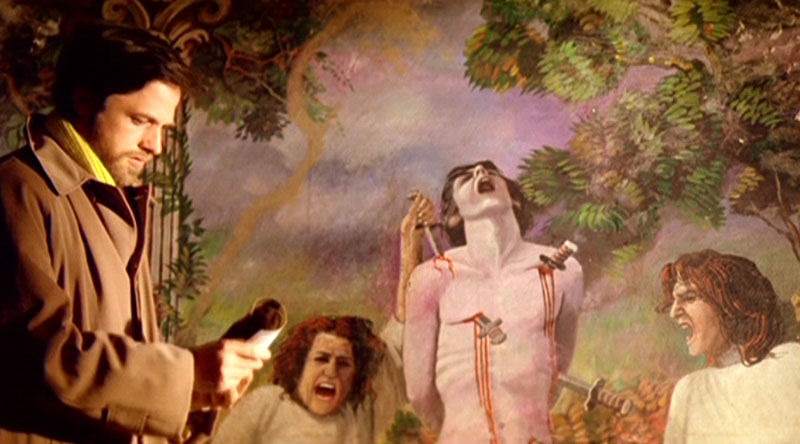
This is an Italian giallo about an artist that is commissioned to restore a painting in a church that was done by a crazed painter Buono Legnani, who mysterally disappeared. Strange things happen and he decides to investigate the mysteries that surround Legnani. It is considered by some to be one of the greatest giallos of all time.
While it may lack the typical style that most fans of the subgenre love, it has one of the wildest endings and a great overall sense of dread throughout the film. It was released on DVD, but the only version easy to obtain currently is the Region 2 version. There has yet to be a Blu-ray release.
15. Death Bed: The Bed That Eats (1977)
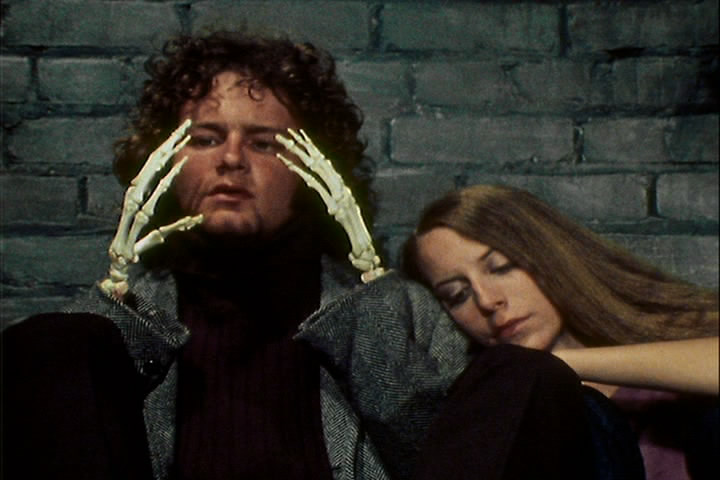
It’s exactly what it sounds like; a demon possessed bed devours people that use the bed. The art connection in this story is that a painter is the only person that has been spared death by the demon, trapped inside of a painting and forced to watch the bed consume its victims for all of eternity.
Relatively forgotten by all but die hard cult film fans, it is highly surreal and has an unusual atmosphere. It is also a strange mix of horror, comedy, and an art film. It would be hard to believe that Wes Craven or someone else involved with A Nightmare on Elm Street wasn’t influenced by this when creating the Johnny Depp bed kill sequence.
The only picture ever made by writer and director George Barry, it received its first DVD release in 2003 and is available on Blu-ray by Cult Epics.
16. The Adventures of Picasso AKA Picassos Aventyr (1978)
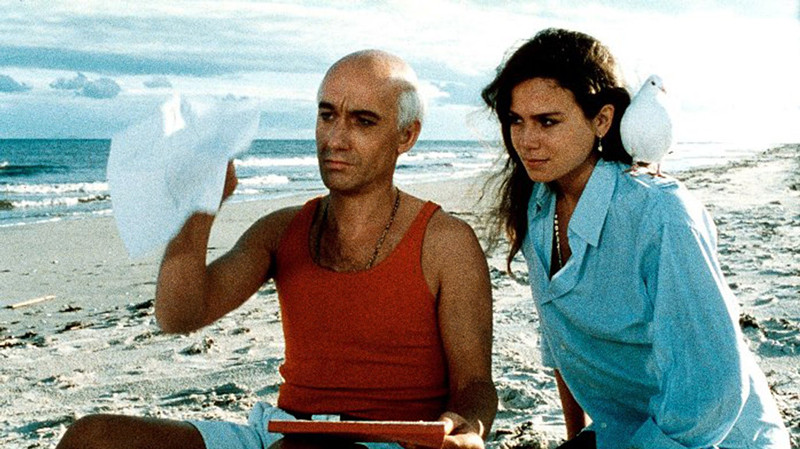
This is a totally outrageous Swedish comedy about the life of Picasso, following him around through Spain, Paris, London, New York, and the French Riviera as he gets into all sorts of wild adventures and meets a host of famous people.
This includes narration by Gertrude Stein (played by a man), Alice B. Toklas (also played by a man), Apollinaire, Hitler, Churchill, Dali, Van Gogh, and so many more. The comedic style is a mixture of silent film slapstick, Mel Brooks, and the Zucker Brothers.
There are so many visual comedic bits and sight gags, including a product advertisement in the middle of a scene, and a fart gag that is reminiscent of the one from Blazing Saddles. A total of ten languages are used in the film along with some complete jibberish, but most of it is basic words that wouldn’t keep you from understanding what is taking place.
It’s probably not for everyone, but fans of art or the styles of comedy that were mentioned above may want to give this one a chance. The DVD is most likely going to be hard to track down or very expensive, but luckily there is a version currently available on YouTube to view.
17. Hypothesis of the Stolen Painting (1978)
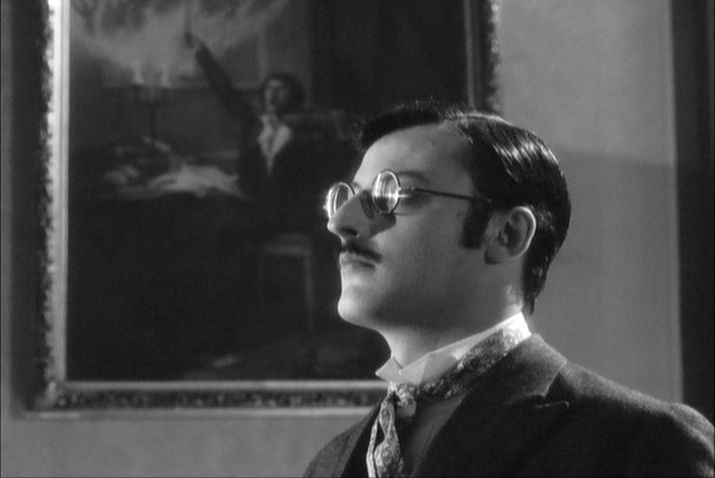
This is a French mystery film that evokes elements of surrealism, film noir, and Alfred Hitchcock movies. It involves the attempts of an art critic and an unseen interviewer in trying to figure out the meanings and controversy that surrounded six paintings and a missing seventh from 19th century artist Frederic Tonnerre. They go from room to room using real people and lighting to reproduce and dissect each painting and its possible meanings.
This is one that is so complex that it may require multiple viewings in order to fully grasp the dissection and art criticism that is going on, with a shocking conclusion in what they believe is within the paintings. Chilean director Raul Ruiz made several other films about various artists including Marcel Proust’s Time Regained, Klimt, and Musee Dali.